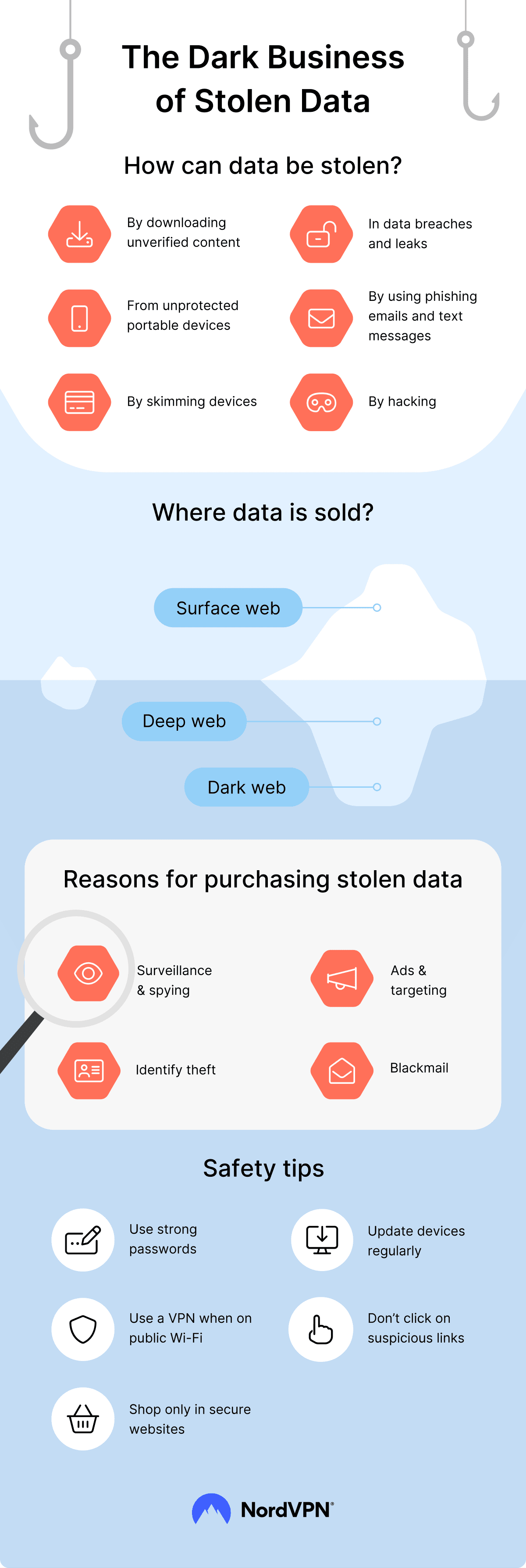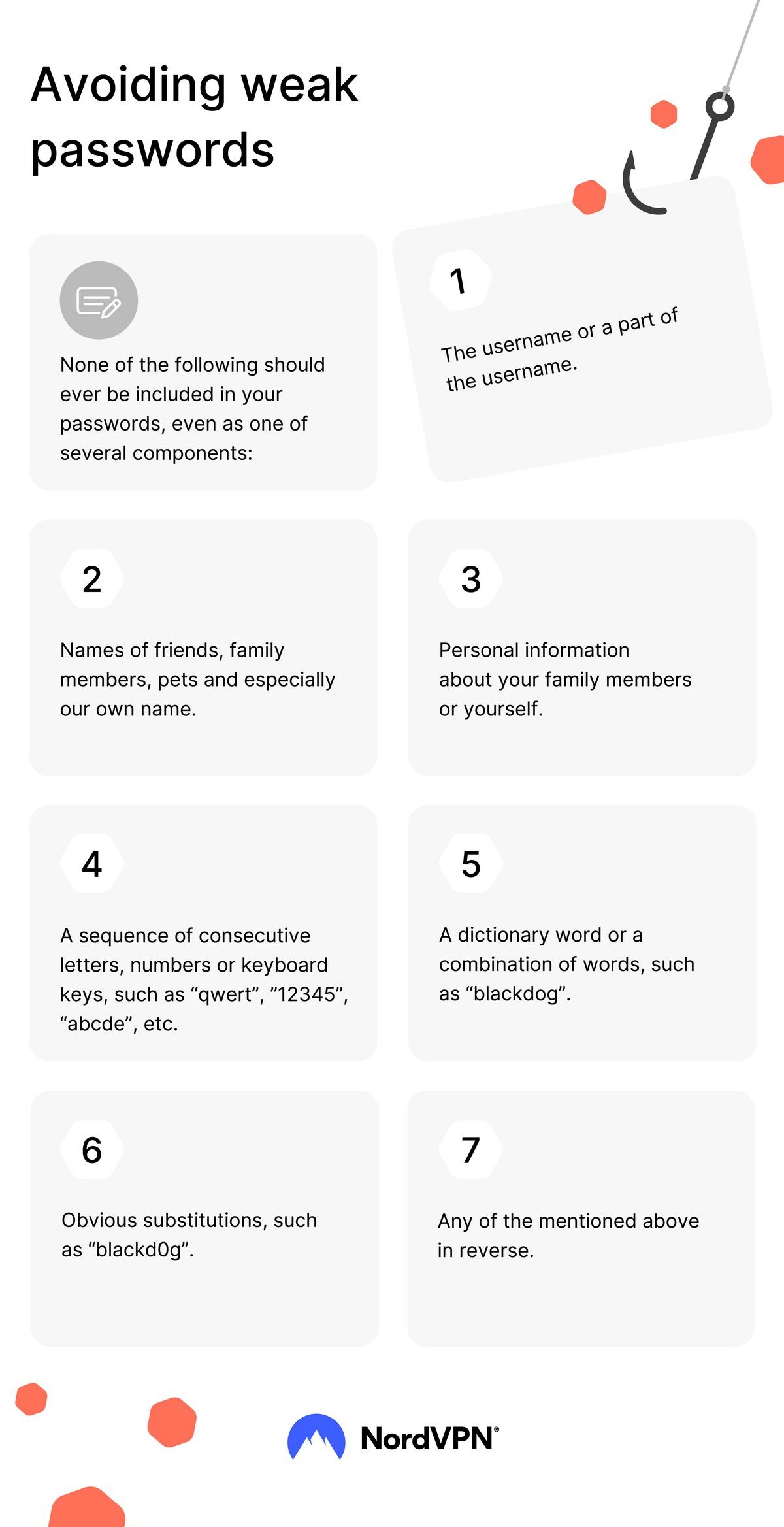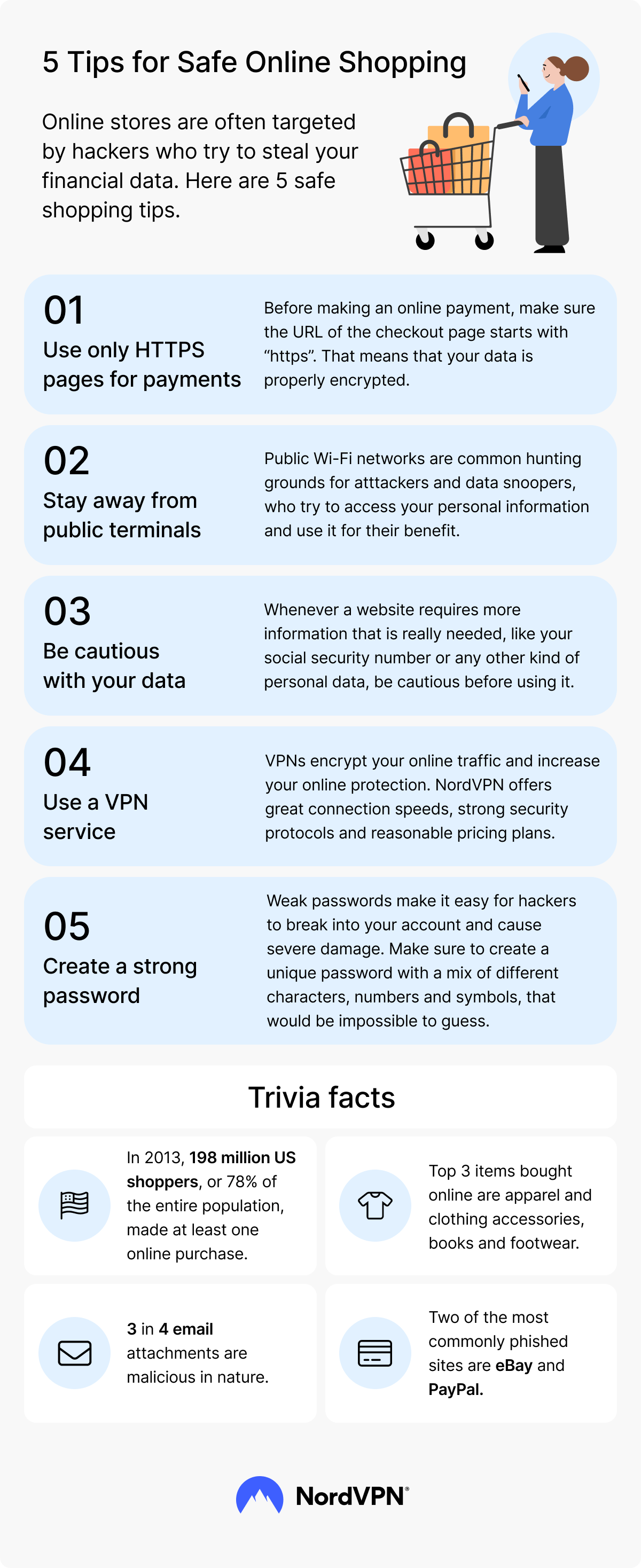The Ultimate Guide to Quantum Computing: What It Is and Why It Matters
Quantum computing is at the frontier of technological innovation, offering potential solutions to complex problems that classical computers can’t easily tackle.
From revolutionizing artificial intelligence (AI) to enhancing encryption in cybersecurity, quantum computing promises to reshape multiple fields.
But what exactly is it, and how does it differ from traditional computing?
This article explores the core concepts of quantum computing, its mechanics, and why it’s gaining attention worldwide.
1. Introduction to Quantum Computing: Basics and Importance
At its core, quantum computing is a type of computation that uses quantum-mechanical phenomena—like superposition and entanglement—to perform calculations.
While classical computers use bits, which are binary (0 or 1), quantum computers use quantum bits or qubits.
These qubits can exist simultaneously in multiple states, a property known as superposition, allowing quantum computers to process a vast amount of information simultaneously.
As you can see, quantum computing could not have existed without the foundations of Boolean algebra and other predecessors.
Why Quantum Computing Matters
The impact of quantum computing extends across various industries, for example:
- Artificial Intelligence: Quantum computing could transform machine learning by enabling faster data processing and more complex models, leading to advancements in AI capabilities.
- Cryptography: Quantum computers are expected to crack traditional encryption methods, requiring new cryptographic standards to maintain cybersecurity.
- Healthcare: Quantum computing offers the potential to simulate molecular interactions, which could accelerate drug discovery and personalized medicine.
This is why it matters. Quantum computing has applications in cryptography, drug discovery, climate modeling, and artificial intelligence (AI).
By tackling computations at unprecedented speeds, quantum computing could accelerate advancements in these areas, significantly impacting society and industries worldwide.
2. How Quantum Computers Work: A Simplified Breakdown
Quantum computers differ significantly from classical machines, relying on unique components and principles. Here’s a breakdown of how they operate:
- Qubits and Superposition: Qubits are the foundation of quantum computing. Unlike binary bits, which are either 0 or 1, qubits can exist in a state of both 0 and 1 simultaneously, thanks to superposition. This allows quantum computers to perform multiple calculations at once.
- Entanglement: When two qubits become entangled, their states are linked, meaning the state of one qubit instantly affects the other, regardless of distance. This property enables quantum computers to perform complex calculations with high efficiency.
- Quantum Gates and Circuits: Quantum gates manipulate qubits in specific ways to create a circuit, performing operations akin to classical logic gates. However, quantum gates can have far more complex manipulations, allowing the computer to explore many solutions simultaneously.
- Quantum Algorithms: Quantum computers use unique algorithms, such as Shor’s algorithm for factoring large numbers and Grover’s algorithm for searching unsorted data, to solve problems more efficiently than classical algorithms.
These elements work together to create a computational powerhouse, albeit one that operates under delicate and highly controlled conditions.
3. Quantum Computing Applications Today
Although still in its infancy, quantum computing has already begun to make its mark in various fields. Here are some of the most promising applications:
- Cryptography: Quantum computing could render traditional encryption methods obsolete. Algorithms like RSA rely on the difficulty of factoring large numbers, but quantum computers, using Shor’s algorithm, can factor these numbers exponentially faster than classical computers.
- Drug Discovery and Material Science: Simulating molecular structures for drug development or material design is computationally intensive. Quantum computing can simulate these interactions with high accuracy, speeding up the discovery of new drugs and materials.
- Logistics and Optimization: Quantum computing can solve optimization problems more efficiently. For example, quantum algorithms can streamline route planning and resource allocation in supply chain logistics, reducing costs and increasing efficiency.
- Artificial Intelligence: Machine learning and AI applications benefit from quantum computing’s parallel processing power. Quantum machine learning algorithms could enhance pattern recognition, data analysis, and model training.
4. Quantum Computing’s Impact on Artificial Intelligence
AI and quantum computing have the potential to fuel each other’s advancements. Here’s how quantum computing could transform AI:
- Faster Training for Machine Learning Models: Intense learning networks require large amounts of data and computational power to train. Quantum computing could speed up this process, allowing models to learn faster and more accurately.
- Enhanced Pattern Recognition: Quantum computing’s ability to process complex patterns makes it ideal for image and speech recognition tasks. By leveraging quantum algorithms, AI could achieve more nuanced and sophisticated recognition capabilities.
- Optimized Neural Networks: Quantum algorithms can optimize neural networks more efficiently, making them less resource-intensive and potentially improving the performance of AI applications in real time.
In essence, quantum computing could give AI the computational boost to tackle more advanced and complex tasks, propelling us toward a future with more powerful AI systems.
5. Quantum Cryptography: Security in the Quantum Era
The rise of quantum computing poses a significant threat to traditional cryptographic methods, but it also presents solutions. Here’s how quantum cryptography is shaping the future of cybersecurity:
- Quantum Key Distribution (QKD): QKD allows for secure communication by using quantum properties to create unbreakable encryption. If a third party attempts to eavesdrop, the state of the qubits changes, alerting the sender and receiver.
- Post-Quantum Encryption: As quantum computers become more powerful, existing encryption methods must evolve. Research into post-quantum encryption aims to develop algorithms that can withstand quantum attacks, ensuring data security in the quantum era.
Quantum cryptography is already being implemented in some secure communication systems, and as quantum technology progresses, it will likely become essential for protecting sensitive information.
6. Top Quantum Computing Companies and Their Innovations
Many tech giants are leading the charge in quantum research, each contributing unique innovations:
- IBM: IBM Q is a cloud-based platform that provides access to quantum computing resources. IBM’s advancements in error correction and quantum gates have significantly advanced the field.
- Google: Google achieved a “quantum supremacy” milestone by solving a problem that would take classical computers millennia to complete. Their work with quantum processors like Sycamore continues to break new ground.
- D-Wave: D-Wave specializes in quantum annealing, a form of quantum computing focused on solving optimization problems. They’ve already deployed quantum applications in logistics and machine learning for customers.
These companies are advancing technology and making quantum computing accessible to researchers and industries worldwide.
7. Challenges in Quantum Computing: Why We’re Not There Yet
Quantum computing faces several technical and practical challenges that prevent it from becoming mainstream.
Here are the primary hurdles:
- Error Rates and Decoherence: Quantum states are incredibly fragile and can easily be disrupted by their environment, leading to errors. Error correction is crucial, but current methods are complex and resource-intensive.
- Scalability: Quantum computers require extremely low temperatures and stable environments. Scaling up the number of qubits while maintaining stability is a major challenge.
- Cost and Accessibility: Building and maintaining quantum computers is costly. Efforts are underway to make the technology more affordable, but widespread accessibility remains a distant goal.
These challenges highlight why quantum computing is still experimental, though steady progress is being made to address these issues.
8. Quantum vs Classical Computing: A Head-to-Head Comparison
Here’s how quantum and classical computing differ fundamentally:
- Speed and Efficiency: Quantum computers can process specific complex problems faster than classical computers due to superposition and entanglement.
- Applications: Classical computers excel in everyday tasks, while quantum computers are best suited for specialized fields requiring high computational power, like cryptography and molecular modeling.
Quantum and classical computing will likely coexist, each playing a unique role in the future of technology.
9. The Future of Quantum Computing Careers
Quantum computing’s rapid development is creating demand for new skill sets and career paths:
- Quantum Researchers: Focus on advancing quantum theory and understanding complex quantum phenomena.
- Quantum Engineers: Develop the hardware necessary for quantum computation, such as quantum processors and cooling systems.
- Quantum Programmers: Specialize in designing algorithms and software that harness quantum principles.
These roles are evolving as quantum computing grows, offering opportunities for those with physics, engineering, and computer science expertise.
10. Quantum Computing Myths vs Reality
Despite the hype, many misconceptions exist about quantum computing. Here are a few to clarify:
- Myth: Quantum computers will replace classical computers.Reality: Quantum computers will supplement classical computers but aren’t practical for every task.
- Myth: Quantum computing is fully operational and ready for commercial use.Reality: The technology is still experimental and limited to specialized uses.
Understanding these nuances helps set realistic expectations about what quantum computing can and cannot achieve.
Challenges and Future Outlook
Despite its promise, quantum computing faces significant challenges, such as error rates in qubits and the need for highly controlled environments to maintain qubit stability.
As researchers work to address these limitations, industries are preparing for the potential disruptions and advancements that quantum computing could bring.
❓ Frequently Asked Questions – Guide to Quantum Computing
What is quantum computing in simple terms?
Quantum computing uses qubits that can exist in multiple states simultaneously, enabling faster and more complex calculations than classical computers.
How does a quantum computer differ from a classical computer?
Classical computers use binary bits (0 or 1), while quantum computers use qubits, which leverage superposition and entanglement for enhanced parallelism.
What is a qubit?
A qubit is the basic unit of quantum information, capable of existing in multiple states simultaneously due to quantum superposition.
What is superposition in quantum computing?
Superposition allows a qubit to combine 0 and 1 simultaneously, increasing computational power exponentially.
What is quantum entanglement?
Entanglement is a quantum phenomenon where two qubits remain linked, so the state of one affects the other instantly, even at a distance.
Can quantum computers break encryption?
Yes, quantum computers using Shor’s algorithm could break RSA and other classical encryption methods, prompting the need for post-quantum cryptography.
What are the current applications of quantum computing?
Quantum computing is being explored for cryptography, drug discovery, optimization problems, material science, and machine learning.
Is quantum computing available for public use?
Some platforms like IBM Q and D-Wave offer limited access through the cloud, but the technology is still in early development.
What is quantum supremacy?
Quantum supremacy is the point at which a quantum computer performs a task practically impossible for classical supercomputers to replicate.
What is Shor’s algorithm?
Shor’s quantum algorithm efficiently factors large integers, threatening traditional cryptographic systems like RSA.
What is Grover’s algorithm used for?
Grover’s algorithm accelerates search in unsorted databases, reducing the number of steps needed from N to √N, a quadratic speedup over classical methods.
Can quantum computing improve AI?
Yes, quantum algorithms can enhance AI by speeding up model training, improving pattern recognition, and optimizing neural networks.
What are the main challenges in quantum computing?
Key challenges include qubit instability, high error rates, complex error correction, and the need for ultra-cold environments.
Who are the leaders in quantum computing development?
Leading companies include IBM, Google, and D-Wave, each contributing unique technologies like cloud access, quantum processors, and quantum annealing.
Will quantum computers replace classical computers?
No, quantum computers will complement classical systems, excelling in specific tasks but not replacing general-purpose computing.
Summary of the Guide to Quantum Computing
Quantum computing is one of the most promising technologies on the horizon, with the potential to revolutionize fields ranging from cryptography to drug discovery.
Although challenges remain, ongoing research is bringing us closer to realizing quantum computing’s full potential.
Simplified Explanatory Notes
Grover’s Algorithm
Grover’s algorithm, developed by Lov Grover in 1996, is a quantum search algorithm.
It’s designed to search an unsorted database or solve certain types of optimization problems.
This algorithm leverages amplitude amplification, a quantum principle that allows it to zero in on the correct answer faster than classical approaches.
For example, if you’re looking for a specific value in a dataset of 1 million items, a classical search would need up to 1 million checks, but Grover’s algorithm could find it in about 1,000 (!) checks.
Shor’s Algorithm
Shor’s algorithm, developed by mathematician Peter Shor in 1994, is a quantum algorithm for integer factorization.
It’s particularly groundbreaking because it can efficiently factorize large numbers—a task that’s extremely hard for classical computers but easy for quantum ones.
This capability has significant implications, especially for cryptography.
Most modern encryption methods, like RSA (widely used for securing online communications), rely on the difficulty of factoring large numbers as a security feature.
Classical computers take an impractical amount of time to factorize numbers with hundreds or thousands of digits.
Still, Shor’s algorithm can do it in polynomial time using quantum principles like superposition and entanglement.
Sycamore Quantum Processor
Sycamore is Google’s quantum processor, famous for achieving a significant milestone in quantum computing called quantum supremacy in 2019.
This was one of the first cases where a quantum processor completed a computation that would take an impractically long time for even the most powerful classical supercomputers to solve.
Conclusion and Summary – Ultimate Guide to Quantum Computing
Quantum computing is no longer a distant dream—it is actively shaping the future of science, cybersecurity, and AI development.
While there are still hurdles to overcome, the possibilities are vast and transformative.
📚 Related Posts You May Be Interested In
This article is part of the Definitive Guide to Brilliant Emerging Technologies in the 21st Century ⬈.
Thanks for reading.
Resources – The Ultimate Guide to Quantum Computing
ℹ️ Note: Due to the ongoing development of applications and websites, the actual appearance of the websites shown may differ from the images displayed here.
The cover image was created using Leonardo AI ➚.







